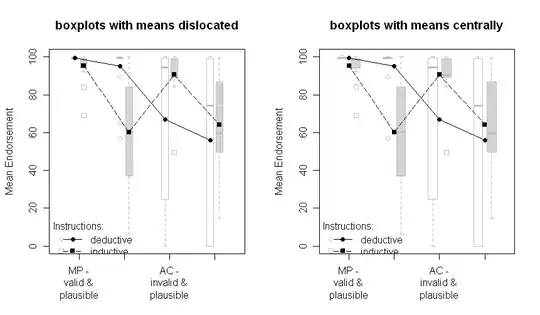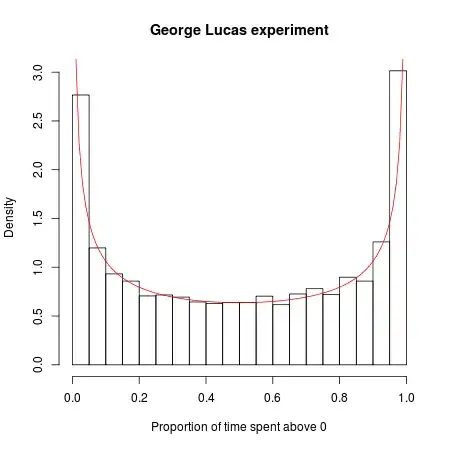I'm reading "The Drunkard's Walk" now and cannot understand one story from it.
Here it goes:
Imagine that George Lucas makes a new Star Wars film and in one test market decides to perform a crazy experiment. He releases the identical film under two titles: "Star Wars: Episode A" and "Star Wars: Episode B". Each film has its own marketing campaign and distribution schedule, with the corresponding details identical except that the trailers and ads for one film say "Episode A" and those for the other, "Episode B".
Now we make a contest out of it. Which film will be more popular? Say we look at the first 20,000 moviegoers and record the film they choose to see (ignoring those die-hard fans who will go to both and then insist there were subtle but meaningful differences between the two). Since the films and their marketing campaigns are identical, we can mathematically model the game this way: Imagine lining up all the viewers in a row and flipping a coin for each viewer in turn. If the coin lands heads up, he or she sees Episode A; if the coin lands tails up, it’s Episode B. Because the coin has an equal chance of coming up either way, you might think that in this experimental box office war each film should be in the lead about half the time.
But the mathematics of randomness says otherwise: the most probable number of changes in the lead is 0, and it is 88 times more probable that one of the two films will lead through all 20,000 customers than it is that, say, the lead continuously seesaws"
I, probably incorrectly, attribute this to a plain Bernoulli trials problem, and must say I fail to see why the leader won't seesaw on average! Can anyone explain?

